Academic freedom in Russia began to deteriorate long before the launch of full-scale hostilities.
Dmitry Dubrovsky
Photo: In terms of academic freedom, Putin’s rule can be divided into several periods. Photo by ANTIPOLYGON YOUTUBE on Unsplash
Criteria of Freedom
There are a few criteria by which the state of academic rights and liberties in the world is evaluated. These are enumerated in the V-Dem democracy research index.
These criteria place special emphasis on:
- a classical understanding of academic freedoms—i.e., the conditions under which scientific knowledge is produced and disseminated; and
- a broader understanding that includes a researcher’s right to participate in public discussion and criticize the authorities
The criteria are as follows:
The freedom to study and conduct research. This reflects a classical understanding of academic freedom. It focuses on the extent to which instructors are free to teach their subject and researchers are free to study a particular phenomenon.
Academic freedom of expression is considered a separate topic. This is evaluated from two different perspectives: “academics as critics” and “freedom of academic and artistic expression.”
Academics as critics. This criterion assesses the importance and visibility of scholars’ contributions to public debate and partly reflects academia’s own level of engagement in discussions on important social and political issues.
This assessment scale is connected to another, known as the freedom of academic and artistic expression, which measures the kinds of responses academics are permitted to have to public speeches and statements. This scale includes an evaluation of the seriousness and likelihood of negative consequences from making a particular statement. It is worth noting that academic expression is grouped with artistic expression, even though they differ significantly.
Freedom of academic exchange and exchange of scientific information. This assesses the freedom to participate in scientific exchanges and conferences, as well as opportunities to publish scientific papers.
Institutional autonomy. This criterion relates to universities’ level of substantive and procedural autonomy. It reflects educational institutions’ degree of independence from their founders. In the case of Russia, the founder is usually the state.
Academic Freedom in the Putin Era
In terms of academic freedom, Putin’s rule can be divided into several periods.
In order to see the trends from each period, it makes sense to divide the scales into:
- “traditional” criteria that are directly related to higher education and show the overall condition of Russian academia (Table 1)
- external criteria related to the civic engagement of scientists: “academics as critics” and “freedom of academic and artistic expression” (Table 2)
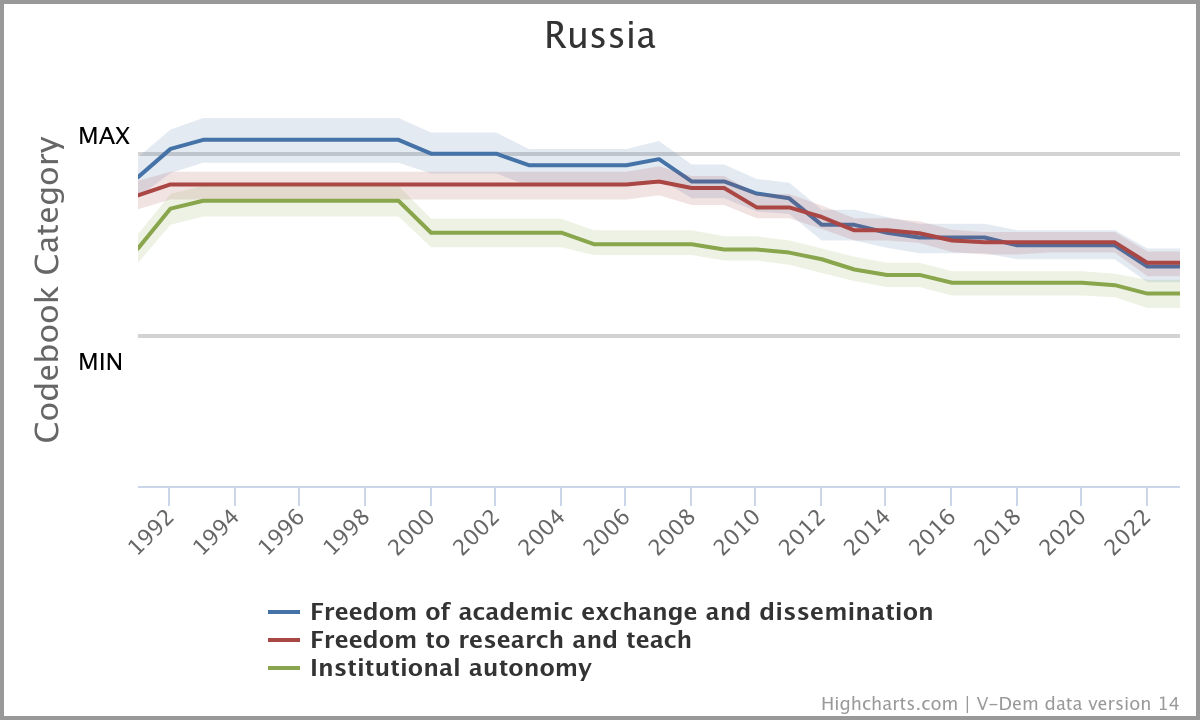
Table 1: Classical academic freedoms
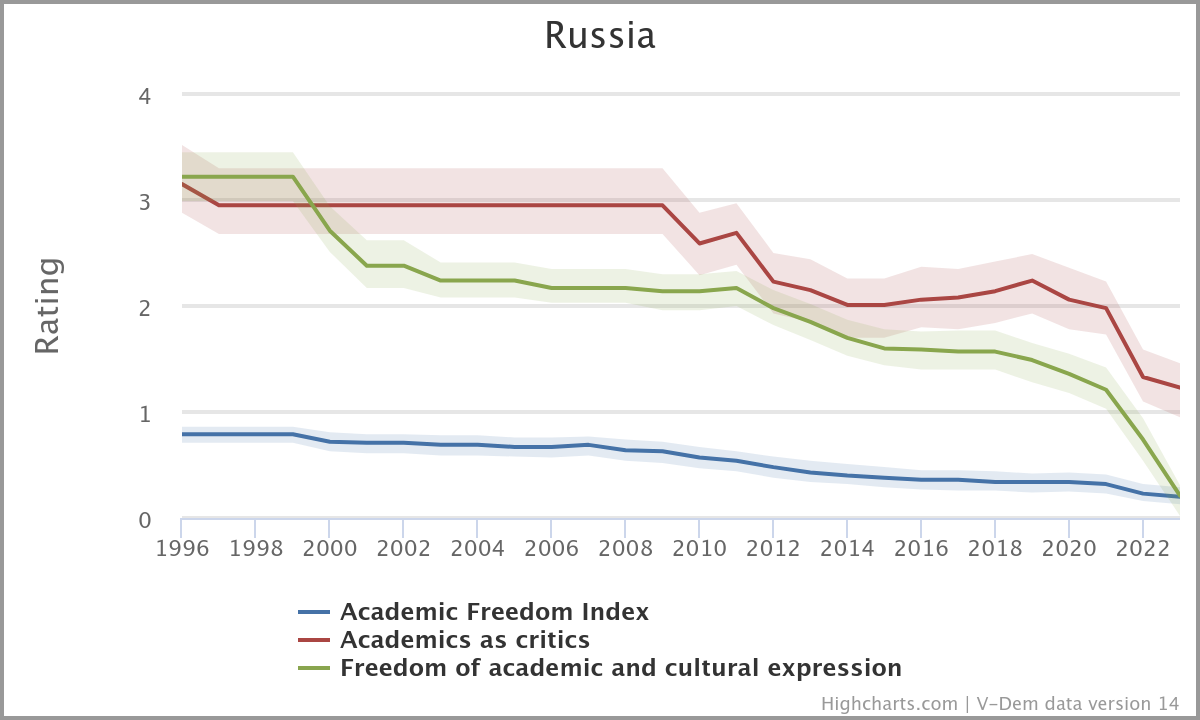
Table 2: Public speech versus overall academic freedom index
2000-2008
From an academic point of view, Putin’s first two terms featured:
- the return of the state to the sphere of higher education and science, primarily through the financing of ambitious projects such as 5-100-2020;
- active development within the framework of the Bologna Process, which Russia joined in September 2003; and
- the emergence and development of new educational and research institutions.
Autonomy. During this period, it was university autonomy that suffered most noticeably (Table 1). It visibly sagged after universities limited their autonomy in exchange for participating in projects that increased the visibility and quality of higher education. This occurred primarily through the imposition of restrictions on the process of electing rectors, and in some cases even the abandonment of the process and its replacement with appointments of rectors (primarily at the federal universities, St. Petersburg State University, and Moscow State University). This also affected the process of electing deans.
More and more “effective managers” found their way into upper management, mostly without particularly significant scientific achievements. They gradually took the place of the scientists in academic councils, which therefore lost their function as institutions of academic self-government.
Thus, “authoritarian modernization” in higher education achieved its goals by reducing and destroying academic autonomy. Until a certain point, however, this did not directly impact the freedom to teach and learn.
Academic exchange. At the same time, the freedom of academic exchange slowly but steadily declined. This was caused not only by the “spy mania” that began to grow immediately after Putin came to power, but also by its codification in legislation, primarily through the Law on Export Control. This law greatly expanded the powers of the previously inconspicuous “First Departments”* and significantly tightened control over international projects and exchanges.
* In Soviet times, the “First Department” (первый отдел) was responsible for secrecy and political security at any enterprise or institution dealing with technical or scientific information. In recent years, first departments have been restored in Russian scientific institutions and universities.
It was at this time that the first closure of the European University at St. Petersburg took place, allegedly for “violating fire safety regulations” but actually due to a project studying Russian elections that the Kremlin did not at all like.
Freedom of academic expression. A comparison of the results of the two evaluation scales related to this freedom (Table 2) shows that the authorities’ reaction to public statements grew noticeably worse. Judging by the “academics as critics” scale, until a certain point this deterioration had little effect on scientists themselves. The main victims of persecution were artists, especially those who were engaged in political performances or exhibitions criticizing the state.
2008-2012
Oddly enough, Dmitry Medvedev, who was formally considered a “liberal” during his presidency, not only failed to improve the situation, but even drove it further into the ground. Medvedev’s actions in the area of higher education and science were in many ways a continuation of—albeit not entirely consistent with—the policy that became evident at the end of Vladimir Putin’s second term.
Autonomy. The restrictions on autonomy were imposed by increasing the number of federal universities, which were often created by merging various higher education institutions. As a rule, this occurred either without the consent of professors or with the consent of already subordinate and dependent academic councils.
Freedom to teach and study. The decline of autonomy has had a noticeable impact on a classical academic freedom—the freedom to teach and learn.
In 2009, the Commission to Counter Attempts to Falsify History to the Detriment of Russia’s Interests was created. It existed for all of 3 years and then vanished without a trace. However, its very creation and the work it did fomented concern among scientists about the state of academic freedom.
At the same time, in the spirit of taking a technological stance on science and higher education, initiatives such as the Skolkovo Project, presented as the “Russian Silicon Valley,” were actively being developed.
Also in 2009 came the adoption of the Law on Education, a significant number of pages of which were devoted to a detailed enumeration of all the components that go into academic freedoms. Meanwhile, judging by data collected by V-Dem, it was increasingly difficult to protect these freedoms, and there were an increasing number of violations.
Freedom of academic expression. Nevertheless, during this time, responses to these violations were still permitted, as with the HSE management’s refusal, at the end of 2008, to prosecute students for protesting.
That being said, during this period, the activity and role of scientists in the public sphere noticeably declined. The repression of those teachers and students who were affiliated with state institutions yet expressed independent opinions also intensified. Even before Putin’s return to the post of President of the Russian Federation, the level of academic freedom of expression was steadily deteriorating (Table 2).
Thus, despite the rhetoric of liberalization, Medvedev’s short presidency not only impacted academic freedom of expression, but also strengthened academic practices of self-censorship.
2012-2022
Putin’s return to power was accompanied by a serious political crisis caused by electoral fraud and pressure on the political opposition. Students and teachers took direct part in these protests.
Since then, efforts to monitor academic freedom have recorded direct interference by law enforcement agencies with the activities of Russian universities. Rectors, who threatened the authorities with strikes in the late 1990s, now mainly cooperate with law enforcement agencies to persecute activists, primarily by expelling students and firing professors.
The beginning of Putin’s third term was marked by increased anti-Western xenophobia, spy mania, and a turn toward a policy of “traditional values.”
Taken together, these developments have affected both violations of academic freedom of expression and the content of instruction and scientific research.
In 2012, legislation on “foreign agents” came into force, hitting independent research centers from the Center for Independent Sociological Research (CISR) to the Levada Center. The work conducted by these institutions was restricted by direct bans and de facto exclusion from communication with government agencies.
The problems with autonomy at higher education institutions continued with a serious blow to the autonomy of the scientific institutions of the Russian Academy of Sciences. The Federal Agency for Scientific Organizations (FANO), created in 2013, significantly reduced the independence and autonomy of academic scientific institutions in its 5 years of operation.
Following the annexation of Crimea in 2014 came the first high-profile cases of people being fired for demonstrating disagreement with this “historic decision.” Chief among them was the well-publicized dismissal of MGIMO professor Andrei Zubov. In the years that followed, the deterioration of the situation accelerated.
Despite the pressure, the “academics as critics” scale demonstrates that the Russian academic community remained very active following 2014. The growth in activity only began to falter during COVID—and after the start of full-scale hostilities, it predictably fell.
Meanwhile, international cooperation, especially academic exchange, noticeably worsened. This was influenced by the deteriorating political climate within the country. American professors were publicly dismissed from universities. The Soros Foundation was declared an “undesirable organization” and scientific literature published with its help was banned.
Direct attacks on the institution of independent education had already begun by the end of this period. In 2017, the European University at St. Petersburg began experiencing problems again—its license was revoked for a year.
The story of HSE professor Gasan Guseinov became an example of how scientists may be persecuted for expressing their scientific opinion in the public space.
In 2019-2020, purges began in Russian state universities as well. At the Higher School of Economics, the entire department of constitutional law was dissolved for criticizing amendments to the Russian Constitution.
This was accompanied by a major campaign to use ethics commissions to repress students and teachers who speak out.
* * *
An analysis of academic trends during the Putin era shows that the situation with academic freedom began to deteriorate long before the launch of full-scale hostilities.
The beginning of this process was academic institutions’ loss of autonomy and the sharp increase in state control over universities.
Subsequently, “effective managers”—who are, as a rule, not associated with scientific institutions and not burdened by academic ethics—began to successfully implement ideological projects in the sphere of higher education and the humanities. The educational community was no longer able to publicly resist this change.
The outbreak of full-scale war only intensified the trends that had emerged in 2019-2020:
- ideological pressure;
- dismissal of dissenters; and
- increased administrative and ideological control over students and teachers.

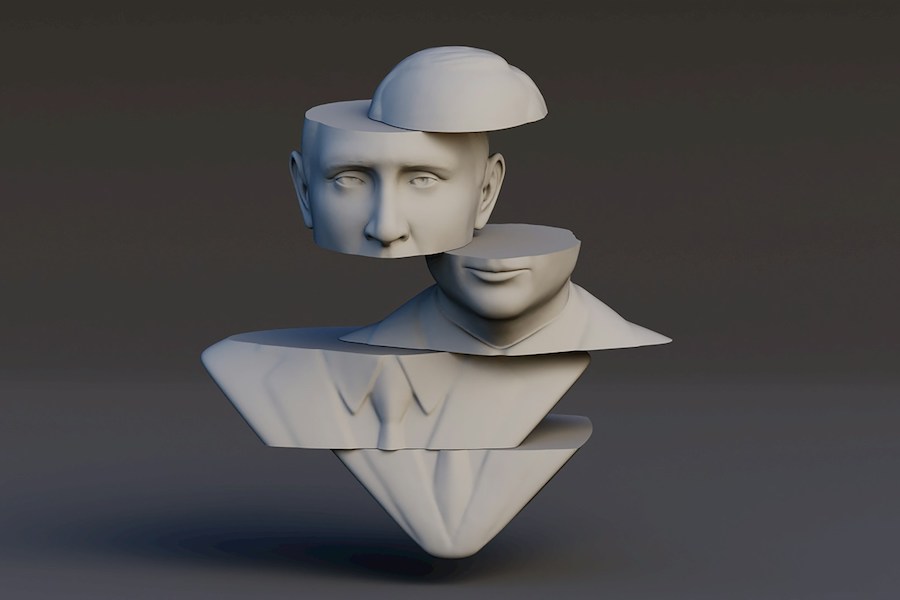
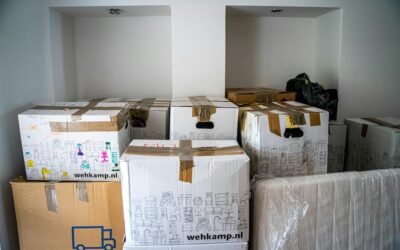
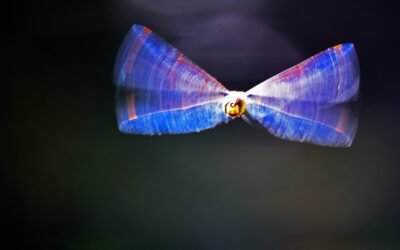
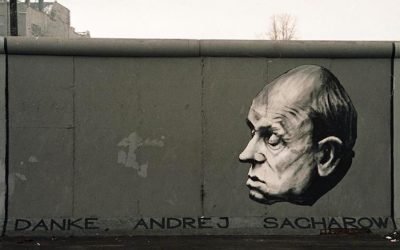
0 Comments